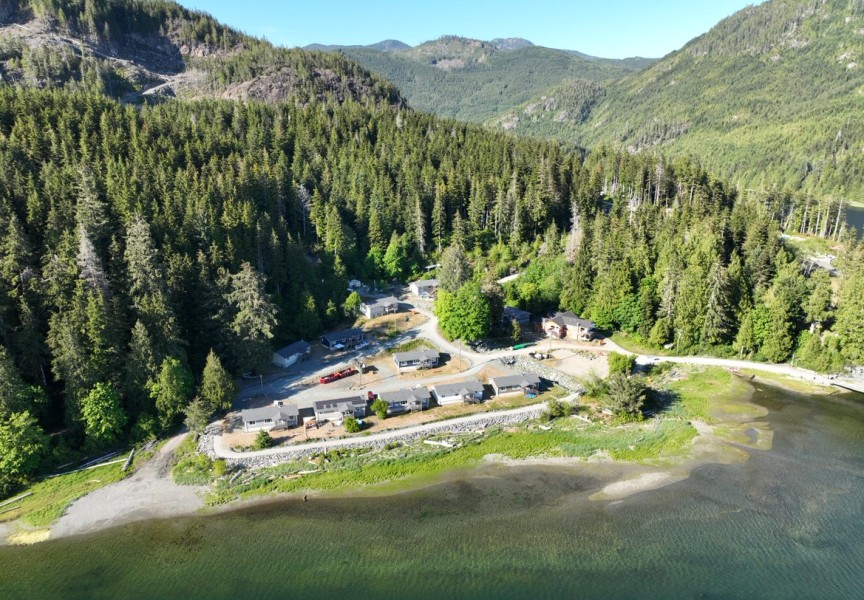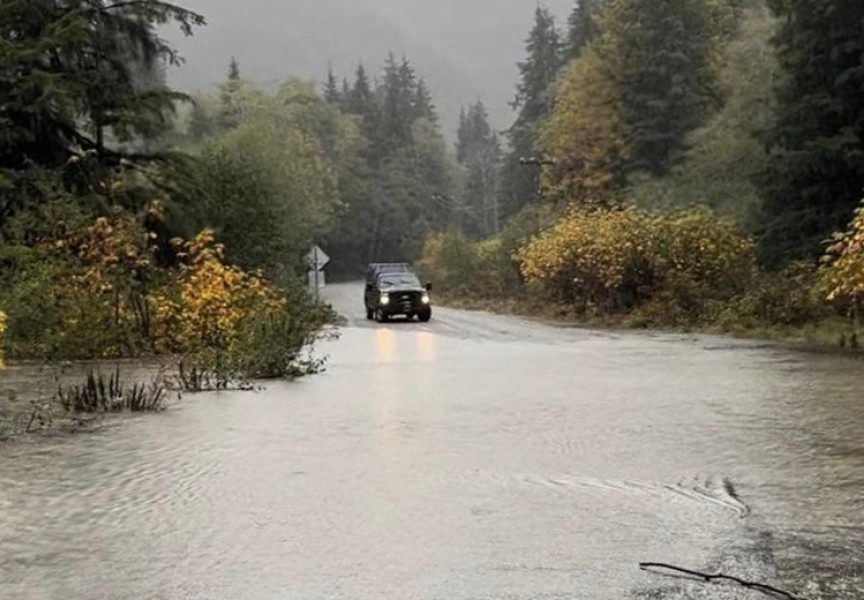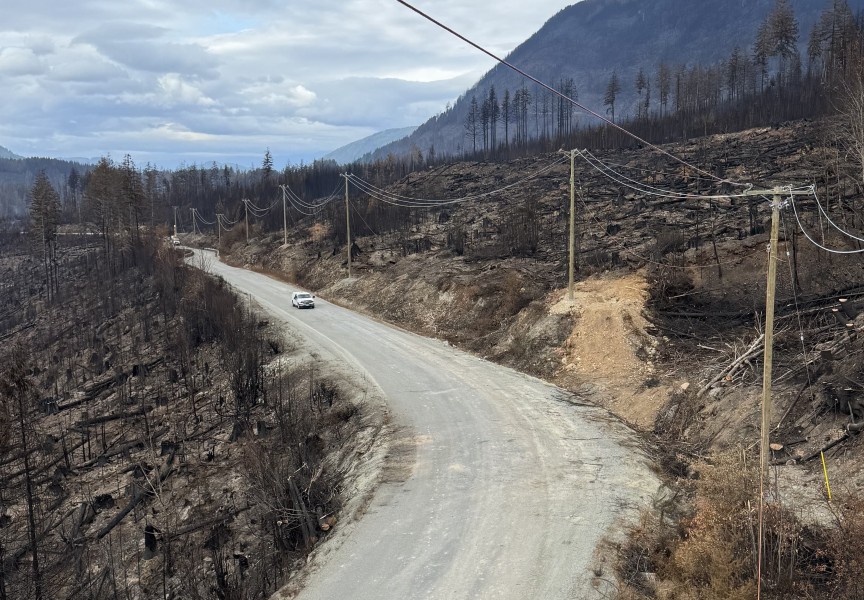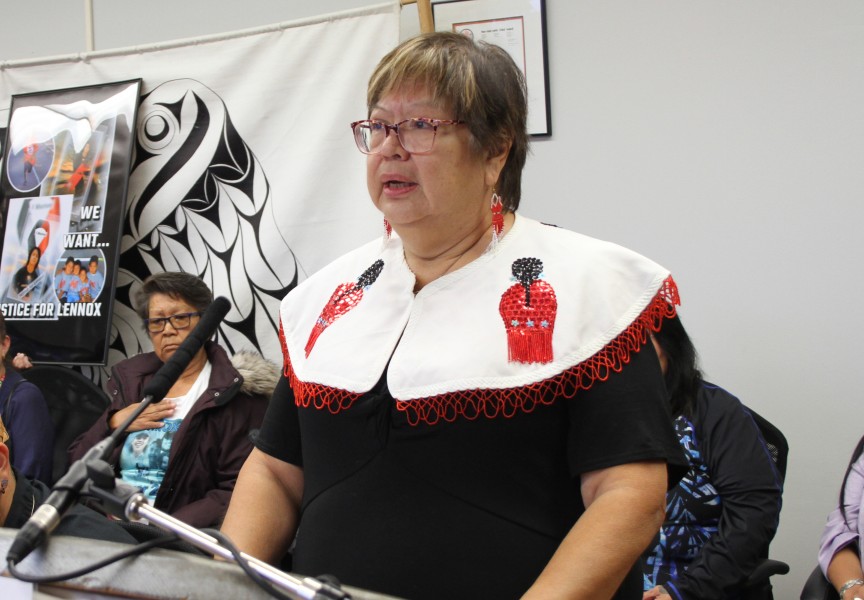The Province of B.C., along with other orders of government, has pledged to connect remote First Nations communities to high-speed internet in the next five years.
According to the Ministry of Citizens’ Services, the COVID-19 pandemic has highlighted the importance of high-speed internet and cellular connectivity to conduct day-to-day business, learn at home, and connect with loved ones. B.C. has committed to connecting all households in the province with high-speed internet by 2027.
“Bridging the digital divide is a critical part of British Columbia’s Declaration on the Rights of Indigenous Peoples Act (DRIPA/Declaration Act) and our commitment to reconciliation and the UN Declaration on the Rights of Indigenous Peoples (UNDRIP),” the ministry said in a statement. “Section 4.36 of the action plan under the province’s Declaration Act calls to ‘Ensure every First Nations community in B.C. has high-speed internet services’.”
A subsea cable-laying ship began installing high-speed fibre optics infrastructure along B.C.’s coast last year, and has recently completed cable-laying activities between Haida Gwaii and the B.C. coastal mainland.
The fibre consists of glass strands that are roughly the thickness of a human hair, which is protected by stainless steel rods.
The Connected Coast project will bring high-speed internet to approximately 139 rural and remote communities, including 48 First Nations communities, along the B.C. coast from north of Prince Rupert to Haida Gwaii, south to Vancouver and Vancouver Island. The project is approximately 45 per cent complete, with more than 500 kilometres of fibre-optic cable laid and 21 landing sites complete.
"The Government of Canada is committed to ensuring all Canadians are connected, including those living in rural and remote communities," said Gudie Hutchings, federal Minister of Rural Economic Development in a release. "We are pleased to partner with the Province of British Columbia to bring high-speed internet to the Haida Gwaii region and ensure that every nook and cranny of British Columbia is connected. We will continue to make investments like these to help achieve our national target of connecting 9 per cent of Canadians by 2026 and 100 per cent by 2030."
Several remote Nuu-chah-nulth communities, like Kyuquot, Ehatis, Hot Springs Cove, Ahousaht, Hesquiaht and Tla-o-qui-aht reserves are still waiting for the fibre-optic infrastructure to be completed so they too can benefit from high-speed internet.
The ministry said the sections of the project for west of Vancouver Island are currently in design phase and they plan to connect all remaining underserved communities by 2027.
“The province continues to work with service providers to identify communities that are without coverage and encourage service providers to submit funding applications to our programs to support the expansion of connectivity infrastructure to rural and Indigenous communities,” the ministry said. “The new Connecting Communities BC program will open for intake this summer from service providers (including smaller rural providers) and will close when the $830 million funding amount is fully allocated.”
In March 2022, the province partnered with the federal government to provide as much as $830 million to expand high-speed internet services to the remaining rural and First Nations communities that are underserved.
The province's investment is part of the StrongerBC initiative under B.C.'s Economic Recovery Plan to build back a strong economy that focuses on inclusive growth for communities.
“The digital divide has long been an obstacle that hindered our communities from taking full advantage of new opportunities to improve our well-being — culturally, socially or environmentally,” said Christine Smith-Martin, CEO of Coastal First Nations, in a release. “We are thrilled to work with other governments and industry to finally bridge that divide by bringing high-speed internet to our communities. The Connected Coast will spur innovation and create new opportunities for local businesses to thrive in the digital economy and give our young people a chance to succeed while staying close to home.”







